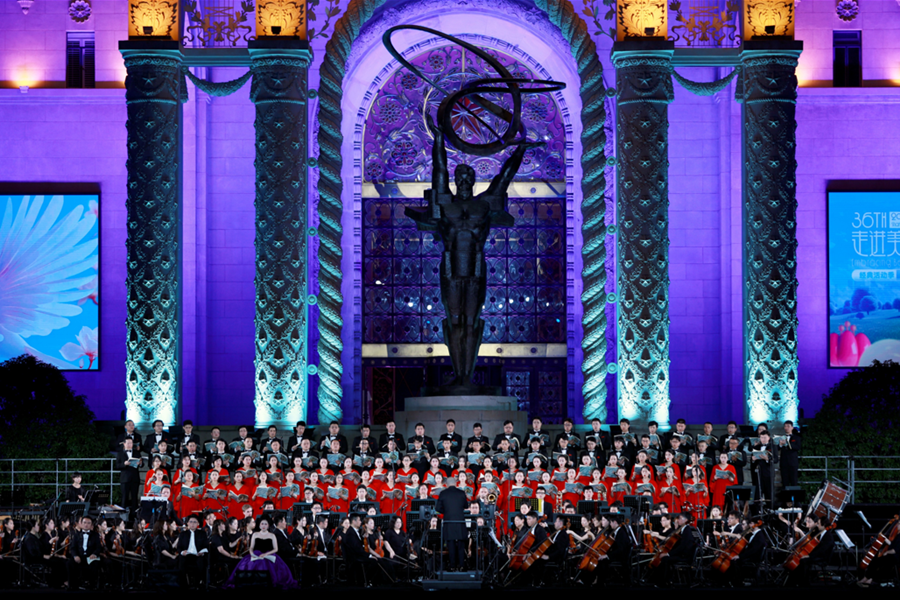Guardian of time: Explore Shanghai's ancient pagodas (I)
Shanghai is not only a bustling metropolis, but also a city with rich historical and cultural heritage.
You may not know that Shanghai has 13 ancient pagodas, each one of them offering a glimpse into the city's fascinating history. Let's go on a journey to explore these ancient pagodas and discover the stories behind them.
We will start our journey with six standouts among the ancient pagodas.
Yuanying Pagoda
Standing proudly in the old town of Songjiang, the Yuanying Pagoda has a history of over 700 years, built in memory of the monk Master Yuanying during the Southern Song Dynasty (1127-1279). It is also known as the Xilin Pagoda because of its location within the Xilin Buddhism Temple.
The seven-story octagonal tower stands 46.5 meters tall and considered to be the highest ancient pagoda in Shanghai.
When the Xilin Temple was renovated in 1992, a large number of artifacts were discovered in the pagoda, including golden Buddha statues and silver and jade relics. Among the unearthed treasures was the Master Yuanying's sarira (crystal-like bead-shaped objects that are found among the cremated ashes of Buddhist spiritual masters).
If you go
Location: 300 meters to the west of West Zhongshan Road within the Xilin Buddhism Temple
Xingshengjiao Temple Pagoda
The Xingshengjiao Temple Pagoda is also known as the Square Pagoda (Fangta). Originally built in the Northern Song Dynasty (960-1127), it is the only structure remaining from the Xingshengjiao Temple. The pagoda stands today as the centerpiece of Fangta Garden and the most famous landmark in Songjiang.
During the Northern Song Dynasty, Songjiang was the largest city in the Shanghai region and a prosperous stop on the Grand Canal between Hangzhou and Suzhou. Throughout the ages, the pagoda's original style has not changed despite numerous renovations.
The Square Pagoda is known for its well-preserved dougong brackets. Dougong is a system of wooden brackets that can support the overhanging roofs commonly used in ancient Chinese architecture.
There are now 177 ancient brackets left in the pagoda, most of them from the Song Dynasty.
If you go
Location: No 235, Middle Zhongshan Road, Songjiang district
Lita Pagoda
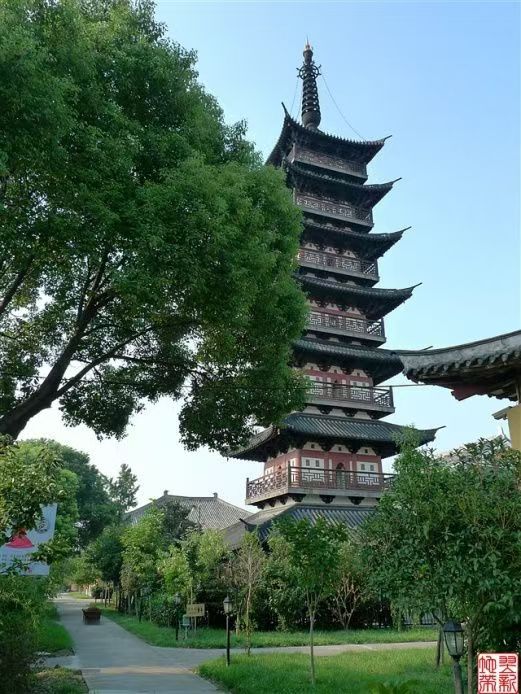
Lita Pagoda is a seven-story, brick-and-wood structure that rises about 33 meters. It was built in the early Tang Dynasty (618-907). A wooden staircase goes all the way to the top.
On the walls of each floor were carved 200 Buddha statues, each with different facial expressions and gestures.
The pagoda was built by and named after Li Ming, the 13th son of Li Shiming, the second emperor of the Tang Dynasty.
It was repeatedly destroyed and rebuilt in the following centuries. The last renovation was carried out in 1997 by the Songjiang district government.
If you go
Location: Within Litahui town in Songjiang district
Huzhu Pagoda
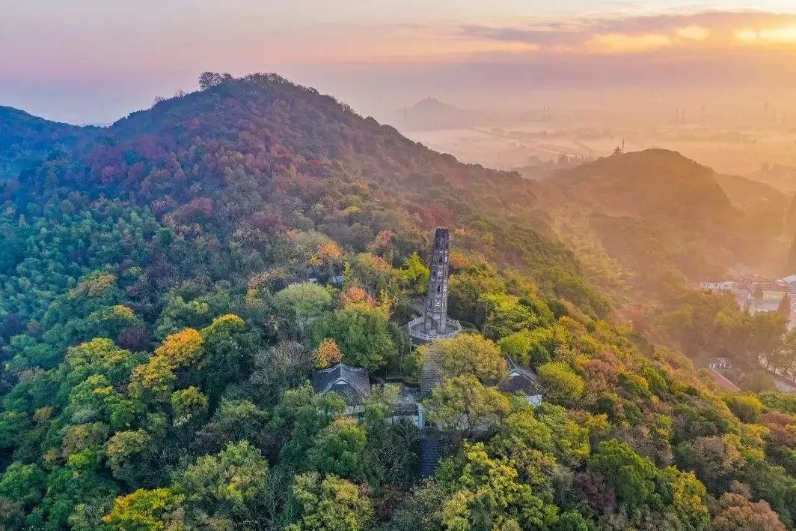
Our journey now brings us to China's own version of the Leaning Tower of Pisa.
Located in the suburban Songjiang district, the seven-floor Huzhu Pagoda rises 19 meters. A 2015 survey showed that the tower was titled 7.1 degrees to the southeast. By comparison, the inclination of the Leaning Tower of Pisa is about 5 degrees.
Legend has it that the pagoda once housed sarira, hence the name Huzhu, which means "protecting pearls" in Chinese. According to legend, local people pillaged the pagoda and dug into its foundation in search of the treasures, causing the pagoda to tilt.
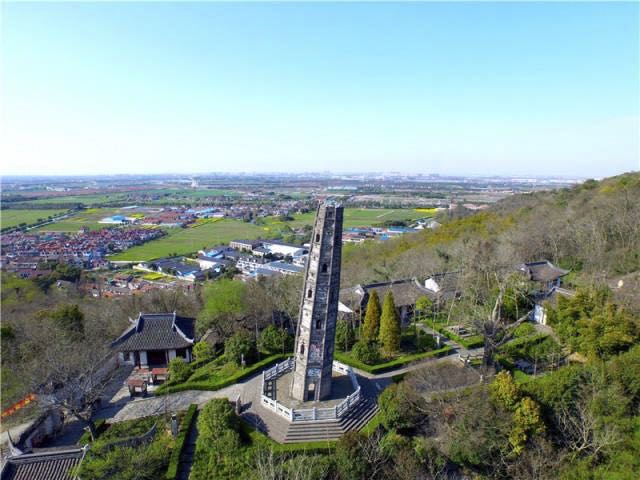
If you go
Location: Inside Tianmashan Park in Sheshan town, Songjiang district
Xiudaozhe Pagoda
Xiudaozhe Pagoda, literally meaning "Monk Xiu's Pagoda", stands on the Sheshan Mountain. It is also known as Moon Shadow Pagoda. The seven-story wooden-brick structure is exquisite and elegant and has survived wars and natural disasters for over 1,000 years.
It is believed that Monk Xiu took part in the construction of the tower, which was built during the Northern Song Dynasty. Legend has it that after the pagoda was completed, the monk set himself on fire, hence the name of the tower.
If you go
Location: Sheshan National Forest Park, No 9258 Waiqingsong Highway, Songjiang district
Maota Pagoda
Maota Pagoda, with a history of 1,150 years, is named after the ancient Maohu Lake.
Maota was not only a Buddhist pagoda, but also a lighthouse, serving as a beacon for ships traveling on the broad Maohe River.
In 1997, the pagoda was listed as a world navigation mark legacy by the International Association of Marine Aids to Navigation and Lighthouse Authorities – along with other four Chinese lighthouses – and was featured in a series of stamps commemorating 100 of the world's historical lighthouses.
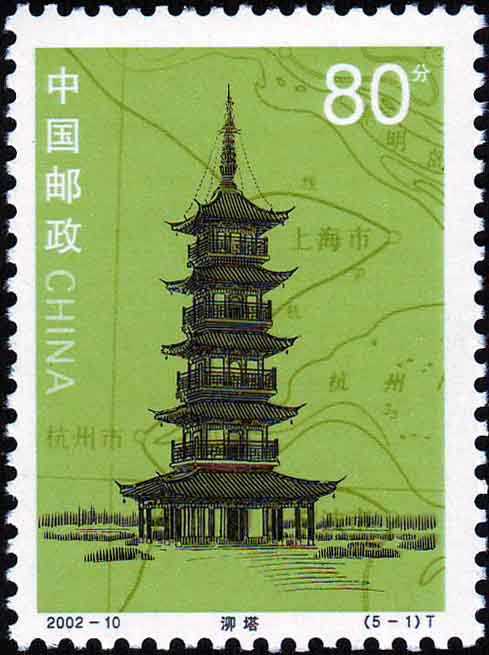
If you go
Location: Zhangma village of Zhujiajiao town, Qingpu district
(Updated on Oct 24, 2025)
Sources: "shanghaitourism" WeChat account, China Daily, SHINE, tripstoshanghai.com
Editor's Pick
FAQs
- What if my passport expires but my Chinese visa is still valid?
- Can pets and owners depart from different countries while complying with customs regulations?
- Can a minor travel to China and stay in a hotel without a parent's presence?
- Who is eligible for the 240-hour visa-free transit policy in China?
